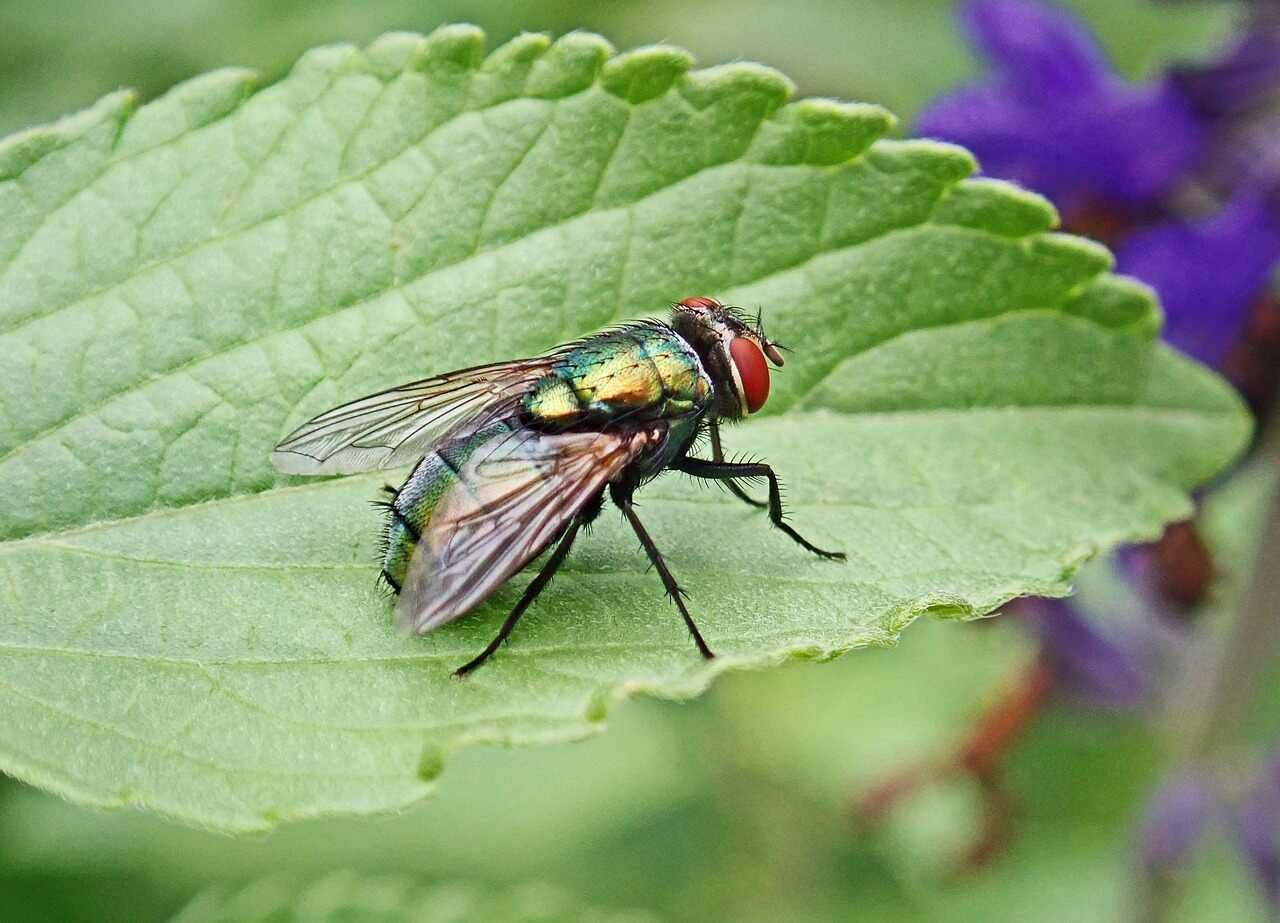When you own your own home, you want to be able to step outside and admire the greenery that your lush garden has to offer, not to see bald spots or brown patches!
For many homeowners, having a green lawn is more than just having a spot of land that looks good. It is also crucial to maintaining property value. So, if there is damage to your lawn, even though you are taking care of it, you will likely want to know why.
One of the culprits is pests, and here, you will be walked through five signs that you may have pests attacking your lawn.
1. Discolored or Dead Patches
If you spot brown, yellow, or dead patches of grass, this can be an early sign that there are pests invading your lawn. However, it is worth noting that this can also point to overwatering fungal disease or even improper mowing practices, which can usually be corrected by looking into zero-turn mowers for sale, as they will not rip the grass and damage the roots. Bald spots can indicate that there are grubs or chinch bugs in your lawn, as they both feed on grassroots, which can cause the grass to die. You can identify the presence of both by digging a small section of soil and looking for larvae.
2. Bird or Animal Activity
OK, most people with gardens love birds or seeing other animals on the property around their home. However, if you notice that there are a lot of birds, or there have been animals digging up your lawn, this can point to there being larvae and insects in your lawn.
3. Thinning or Spongy Grass
Most people know what healthy grass looks like; it is firm and has a dense texture. However, if there are areas where the grass feels thin or spongy, this can be a sign of pest activity. Grubs are well known for weakening a lawn’s root system, which can cause the grass to feel loose and be easy to pull up. If you have sod webworms, these can chew through grass blades and cause them to have a thinned-out appearance.
4. Chewed Grass Blades and Visible Insects
If you can see that the grass is being chewed, then this can point to the aforementioned sod webworms, caterpillars, or armyworms.
All of these feed on blades of grass, leaving behind jagged edges or holes, which are easy to spot. You may even see the pests themselves; if you are trying to spot them, try to look for them in the early morning or the evening, as this is when they are the most active.
5. Wilting Despite Adequate Watering
A lawn that is wilting or dry, even though you have been watering it, can point to pest damage. This is a sign of the infamous chinch bug, as they suck up sap from grass, which causes it to turn yellow and wild. This can look like drought stress, but it doesn’t improve even if you water it.


